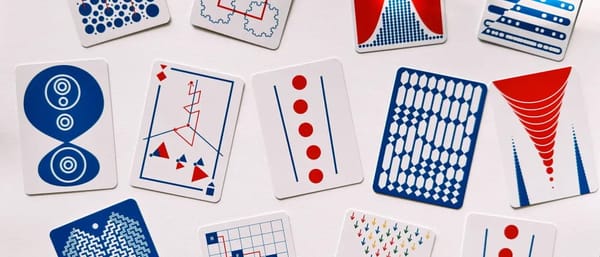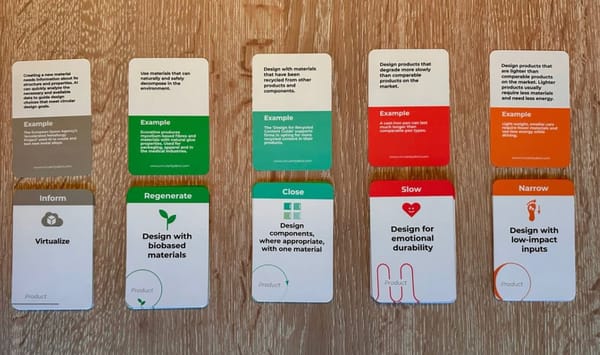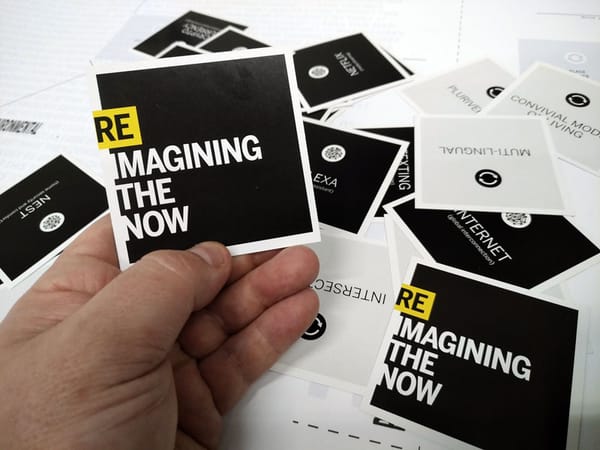№ 59 | Regenerative Design Field Kit, Games to Change the World, Truth & Safety Tycoon, What Motivates Gamers, and Radicle Civics

Regenerative Design Field Kit
Remember that “Obliquiscope” I shared a few weeks back? Yeah, it's now available for purchase from John V Willshire as part of a complete regenerative design field kit:
In this field kit, the viewer is accompanied by a set of 40 question cards, created by pairing the four roles from the Design Council's Systemic Design Framework with the capabilities outlined in The RSA's 10Cs framework.
Where The Light Gets In is a Regenerative Design Field Kit, a tool designed to expand your perspective as you observe the world around you, reflect on the present, and contemplate potential futures.

Games to change the world, from TESA Collective
Check out the new and improved TESA store! “We made it easier than ever to find great games all about changing the world.”

I also love that their newest newsletter features “board games about changing the world… that we didn’t make!”
Truth & Safety Tycoon
Trust & Safety Tycoon looks like a simulation game, where…
You will be tasked with growing the Trust & Safety team at a social media startup and navigating a series of difficult dilemmas. Get ready to make tough moderation decisions, shape platform policies, and invest in your team as the company scales from small startup to IPO.

Motivations of Hobby Game Players
Here’s an older (2006) study into player motivations (e.g. why we play games & player types). I’ll add this to the pile, along with similar—less quantitative—works from folks like Nicole Lazzaro (4 Types of Fun), Mark Leblanc (8 Kinds of Fun), Stuart Brown (Player Personalities), and Richard Bartle (MUD Player Types).

And… Here’s a newer study that “unpacks the 12 gamer motivations… identified based on data from over 400,000 gamers.”
What the heck. While I’m at it, here’s another research paper from 2009: “Player motivations: A psychological perspective.”

Radicle Civics
Radicle Civics invites you to explore new approaches for organising the future.
Radicle Civics is group formed to “to unconstitute and reconstitute society… Building 21st century civic infrastructures that: (1) embrace emerging possibilities, (2) recognise our interdependence and (3) enable all beings to thrive in a safe and just space.” Definitely some thought provoking provocations in their PDF download. Some of these ideas (“From property ownership to self-owning”) could seem a bit far-fetched, except… I’ve been reading more Solarpunk and anarchist texts, soI guess I’m kind of primed (indoctrinated?) to these ideals already. 😛

BONUS: Histotripsy
This has nothing to do with ‘things to think with’ but… It's oh so cool. Histotripsy is a new treatment for liver cancer, recently approved by the FDA (USA). Basically, this approach uses targeted ultrasound to break apart the cancer cells (or the wall surrounding cancer cells), which in turn “lays bare the tumor antigens for the immune system to identify and use for targeted attacks on other cancer cells”—your body can fight off all the remaining bits missed by the machine! It sounds like a fairly radical—not to mention non-invasive—new way to fight cancer. Maybe this approach could eventually extend to other types of cancer? 🤞





